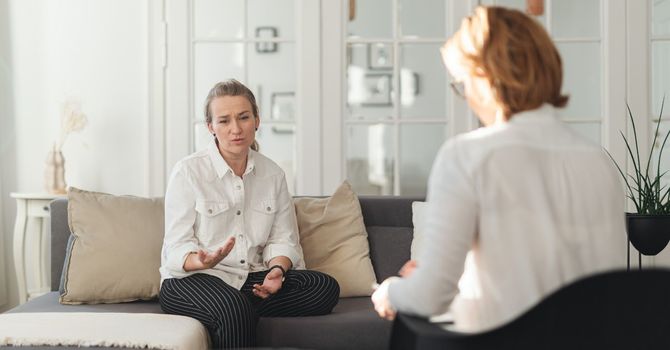I’m sitting here as I write this entry and thinking: “What is mindfulness? How can I adequately explain it?” So my thinking brain starts its’ shenanigans with “I can’t seem to focus, I still have to eat that apple on my desk, my neck is tense, I forgot to put that last load of laundry in” …on and on and on. These are those pesky thoughts that take over our beautiful minds. And being aware of them without acting, is mindfulness. It’s gently noticing what you are thinking, without giving into the pull of- what I like to call - Rushed Action. By this, I mean that nagging feeling that pulls us away from the current task at-hand; overwhelming us with all the things we have yet to complete. Wouldn’t it be nice to let go of the “to do’s” and stay present? That’s what mindfulness therapy teaches us, and it’s a very helpful tool practiced in psychotherapy and with time, engage in daily life.
I first dived into mindfulness about 12 years ago, when I wanted to understand what the best way(s) of getting out of uncomfortable emotions (such as sadness, anxiety, and guilt), and into energizing emotions (such as joy, love, and contentment). I began researching and learning from historical philosophers, spiritual leaders, and psychologists. It seemed that there was a lot of evidence around mindfulness practices that were brought from Eastern traditions to the Western World as an evidence-based practice.
This therapeutic approach involves an invitation to pay interest to the present moment, along with accepting the current experience for what it is. Mindfulness has been defined as “paying attention in a particular way, on purpose, in the present moment, and nonjudgmentally.” Through various experiential exercises (such as regulated breathing and sensation experience), individuals can learn how to cope with stress, without getting stuck in the past or future. In this way, symptoms of depression and anxiety are lifted. I enjoy using mindfulness-based tools with clients as it allows people to have choice – to know when to just be; to know when to do (without ‘rushed action’). Ultimately, it’s the process of meta-awareness: the awareness of being aware!
So how do you do it? How can you sustain it? Model, Guided Practice, Independent Practice. Start with a skilled guide – that is where working with a therapist fits in. With time, you will build your own independent practice outside of office. If understanding yourself without being overwhelmed by the thinking brain, intrigues you, book an appointment with me today. Visit https://eckertpsychology.janeapp.com/
Farrah Qadir is a Registered Psychologist who strives to create a safe environment for everyone she works with; one that radiates warmth and care. Her therapeutic approach includes mindfulness-based practices and Cognitive Behavioural Therapy (CBT)- both of which are evidence-based modalities. Farrah fosters an empathetic and inclusive environment to help anyone experiencing anxiety, depression, mood disorders, grief/loss, relationship concerns, infidelity, and fertility issues. She works with individuals (starting at 15+), and she also support couples.





